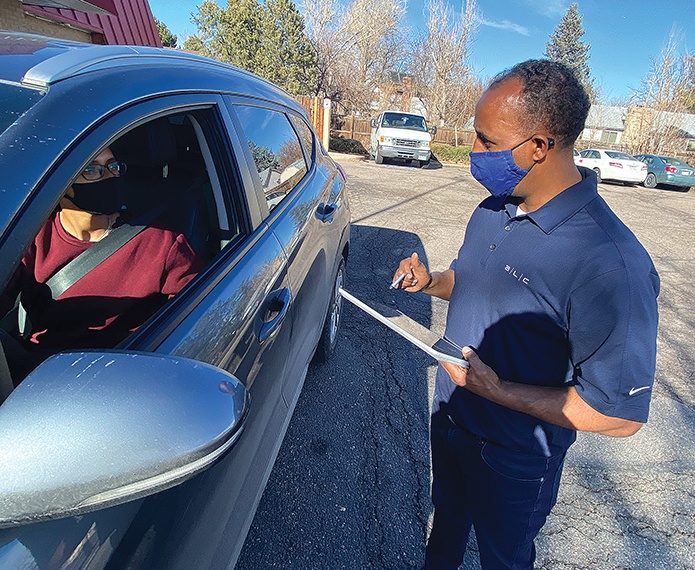
Myth #1: The only students who need alternative transportation are children with special needs.
We all love the show MythBusters because they were a team of professionals who took common myths most of us were familiar with and tried to prove them. Sometimes they did, and other times they either found that the myth was plausible, or they busted it completely. They had the tools, resources, and experience necessary to put some interesting things to the test. If you haven’t seen the one of the school bus being blown away by a jet engine, you can check that out here.
There are many common myths when it comes to alternative student transportation. The first that comes to mind is that the only students who need alternative forms of transportation are those with special needs.
As we work through this myth, it’s important to remember what alternative student transportation is. Our industry considers student transportation to be “alternative” when a student is transported in anything other than a traditional yellow school bus. This could include district owned vehicles or contracted transportation providers, as long as the students are not transported in a typical yellow school bus.
The definition itself doesn’t limit alternative forms of transportation to specific populations. It also doesn’t define the needs of individual students. Instead, the definition leaves it up to individual districts to determine what types of transportation are necessary for their students. In some states, however, districts are restricted from utilizing anything but a yellow school bus to transport students, no matter what their needs might be. And in a couple of other states, only certain populations are restricted from being transported in alternative vehicle types. Make sure you know your state regulations/restrictions.
In the states where alternative forms of transportation (minivans, SUVs, sedans, wheelchair accessible vans) are acceptable, it’s up to the districts to determine what that vehicle might look like. No matter what the students’ needs are, there are some initial questions you can ask yourself to determine if the bus is the best ride for them. They include:

How many students are in this route?
Experience shows that routes with seven or fewer students are more cost efficiently run utilizing smaller capacity vehicles.
Do these students live in a difficult to get to area?
 Students who live in areas that are difficult to serve with a bus can more easily be transported in a smaller vehicle. Minivans, sedans, and even wheelchair accessible vans can better navigate roads with weight restrictions, without shoulders, and with twists and turns difficult to get around in long buses.
Students who live in areas that are difficult to serve with a bus can more easily be transported in a smaller vehicle. Minivans, sedans, and even wheelchair accessible vans can better navigate roads with weight restrictions, without shoulders, and with twists and turns difficult to get around in long buses.
Does this student move around a lot causing frequent rerouting?

Students experiencing homelessness move around a lot and the constant rerouting can be exhausting and expensive. Using smaller capacity vehicles makes it easier to reroute quickly without incurring additional costs.
If you have students with IEPs or 504s, do those plans require that they ride alone to and from school?
Individual riders on large, and even small, buses can drive costs up significantly, and driver shortages are making it even more difficult to find CDL drivers. Placing students with ride alone mandates in smaller vehicles helps to keep costs down and still fill their needs.
 Do any of the students require additional equipment?
Do any of the students require additional equipment?
A minivan, where the middle seats have been removed, might be a better option for a child who habitually kicks the seat in front of them than a bus would be. Safety vests and car/booster seats are easier to install and maintain in smaller vehicles.

Busted!
When we look back at the types of students inspiring each of these questions, we find ourselves thinking about students who live in difficult to serve areas, those who fall under the McKinney-Vento Act, foster children, students with special needs, and any student on a bus with fewer than seven passengers. That doesn’t mention students you may be transporting to schools outside your district or ones you may be sharing transportation for – they might qualify as well.
The questions above are good starting points for determining what forms of transportation are best for your students, for your budget, and for your peace of mind.
Abi Studer is marketing manager for ALC Schools. With a robust background in contract compliance and regulation subject matter expertise, Studer blends that experience into ALC School’s marketing efforts. Her focus is to provide school districts across the country with actionable and relatable content to evolve their efforts with Special Needs students. Visit www.alcschools.com for more information.


